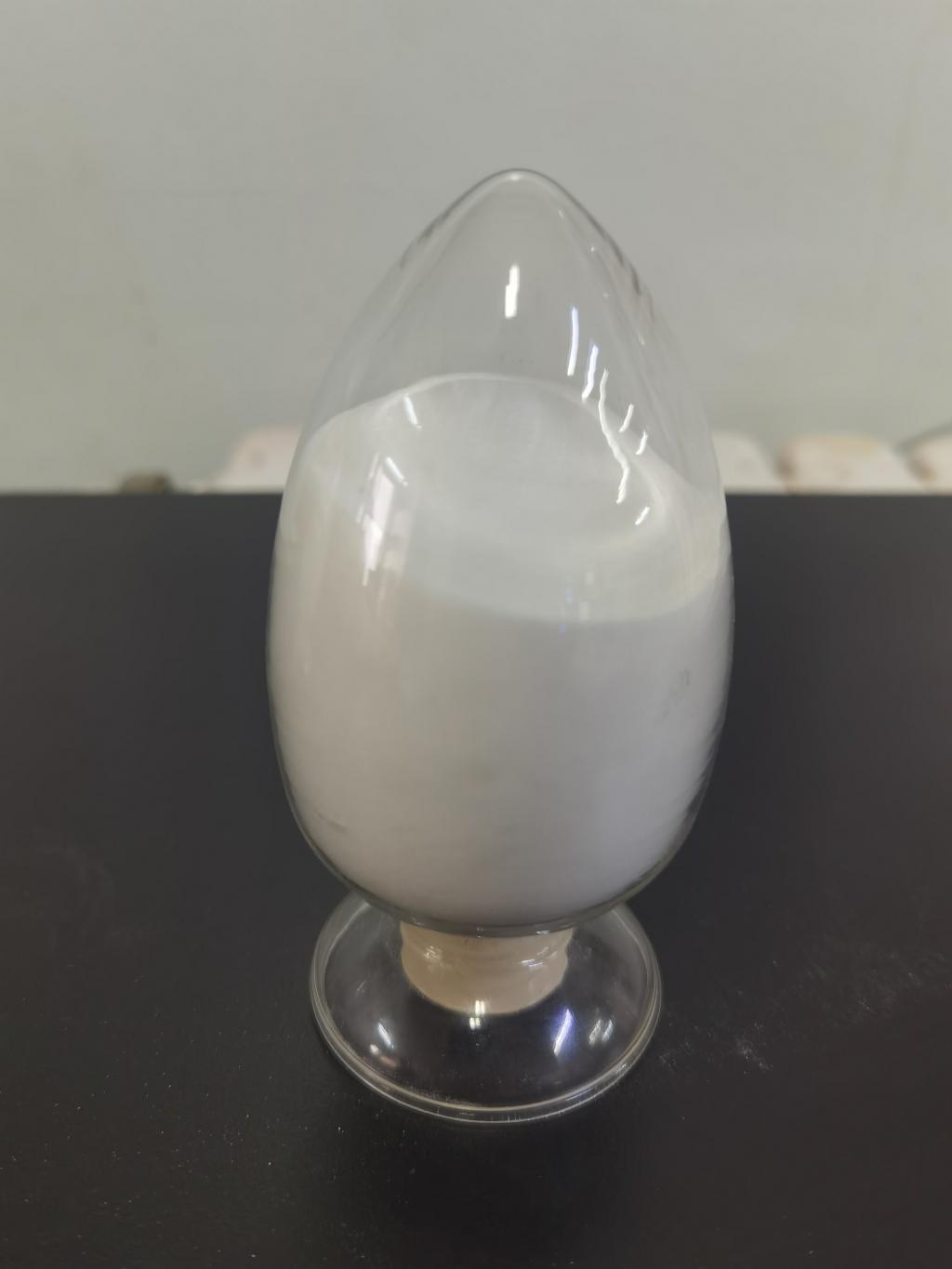
 CONTACT
CONTACT
- Linkman:Linda Yao
- Tel: +8618231198596
- Email:linda.yao@dcpharma.cn
- Linkman:CHARLES.WANG
- Department:Overseas
- Tel: 0086 0311-85537378 0086 0311-85539701
Beyond Antibiotics: Novel Antimicrobial Approaches with ε-Polylysine Hydrochloride
TIME:2024-01-08
The overreliance on antibiotics and the emergence of antimicrobial resistance have fueled the search for alternative solutions. ε-Polylysine hydrochloride, a naturally derived antimicrobial compound, is gaining attention for its unique properties and promising applications beyond traditional antibiotics. This article explores the diverse ways in which ε-Polylysine hydrochloride is contributing to novel antimicrobial approaches, offering a potential paradigm shift in the fight against infectious diseases.
1. The Antibiotic Conundrum:
The rise of antibiotic-resistant strains of bacteria poses a global health threat, rendering once-effective treatments ineffective. This section examines the challenges associated with antibiotic overuse, the consequences of antimicrobial resistance, and the need for alternative strategies to combat infectious diseases.
2. Origins and Characteristics of ε-Polylysine Hydrochloride:
Derived from the bacterium Streptomyces albulus, ε-Polylysine hydrochloride is a natural antimicrobial polymer with a linear and cationic structure. Understanding its unique characteristics is crucial for exploring its potential as an alternative to traditional antibiotics.
3. Antimicrobial Mechanisms of ε-Polylysine Hydrochloride:
This section delves into the mechanisms through which ε-Polylysine hydrochloride exerts its antimicrobial effects. From disrupting bacterial cell membranes to inhibiting essential cellular processes, its multifaceted approach makes it a potent contender in the quest for novel antimicrobial solutions.
4. Applications in Medicine:
The medical field is a primary arena where novel antimicrobial approaches are urgently needed. ε-Polylysine hydrochloride shows promise in various medical applications, including wound care, surgical procedures, and as a coating for medical devices. This section explores how it complements or surpasses traditional antibiotics in these contexts.
5. Role in Combating Biofilm Formation:
Biofilms, communities of microorganisms embedded in a protective matrix, pose a significant challenge in healthcare settings. ε-Polylysine hydrochloride's ability to disrupt biofilm formation is a key aspect of its antimicrobial activity. This section examines its potential in preventing and treating biofilm-related infections.
6. Food Safety and Preservation:
Beyond medicine, ε-Polylysine hydrochloride finds applications in the food industry. Its antimicrobial properties make it an effective natural preservative, offering a solution to microbial contamination in food products. This section explores its role in ensuring food safety and extending the shelf life of perishable goods.
7. Agricultural Applications:
In agriculture, where the misuse of antibiotics contributes to environmental concerns and resistance development, ε-Polylysine hydrochloride provides an eco-friendly alternative. This section discusses its potential use in crop protection, livestock farming, and other agricultural practices to control the spread of infectious agents.
8. Environmental Impact and Sustainability:
As the global community emphasizes sustainable practices, exploring the environmental impact of antimicrobial alternatives becomes essential. ε-Polylysine hydrochloride's biodegradability and minimal ecological footprint contribute to its appeal as a sustainable antimicrobial solution.
9. Regulatory Considerations:
Understanding the regulatory landscape is crucial for the widespread adoption of ε-Polylysine hydrochloride in various applications. This section explores existing approvals, guidelines, and potential challenges associated with integrating this novel antimicrobial into different industries.
10. Challenges and Future Prospects:
While ε-Polylysine hydrochloride holds promise, challenges such as cost, scalability, and further research are important considerations. This section delves into ongoing efforts to overcome these challenges and envisions the future prospects of ε-Polylysine hydrochloride as a mainstream antimicrobial solution.
11. Conclusion:
In conclusion, ε-Polylysine hydrochloride stands as a beacon of hope in the search for novel antimicrobial approaches beyond antibiotics. Its natural origin, versatile applications, and potential to address challenges in medicine, food safety, and agriculture make it a promising contender in the fight against infectious diseases. As research continues to unfold, ε-Polylysine hydrochloride opens new avenues for exploration and innovation, offering a paradigm shift in our approach to antimicrobial therapy and paving the way for a more sustainable and effective future in combating microbial threats.
- Tel:+8618231198596
- Whatsapp:18231198596
- Chat With Skype







